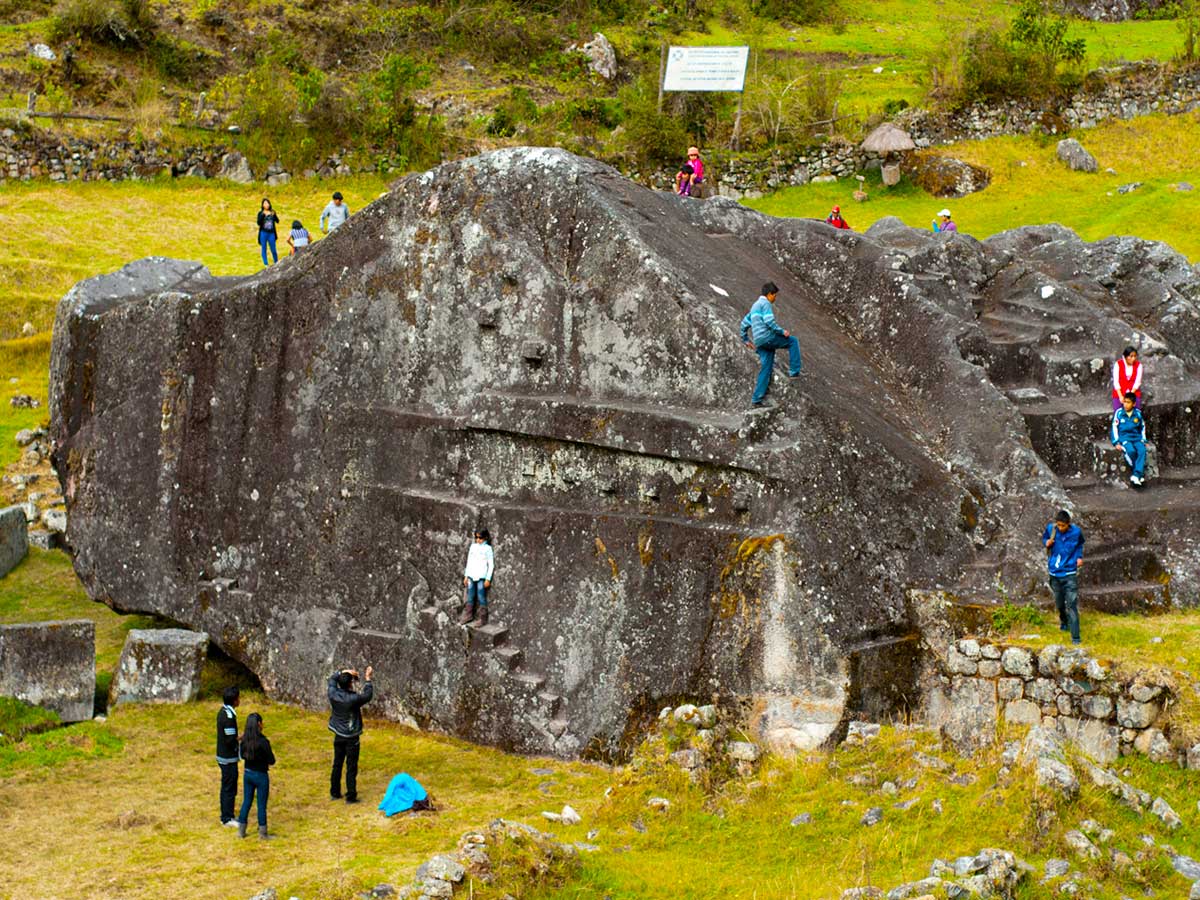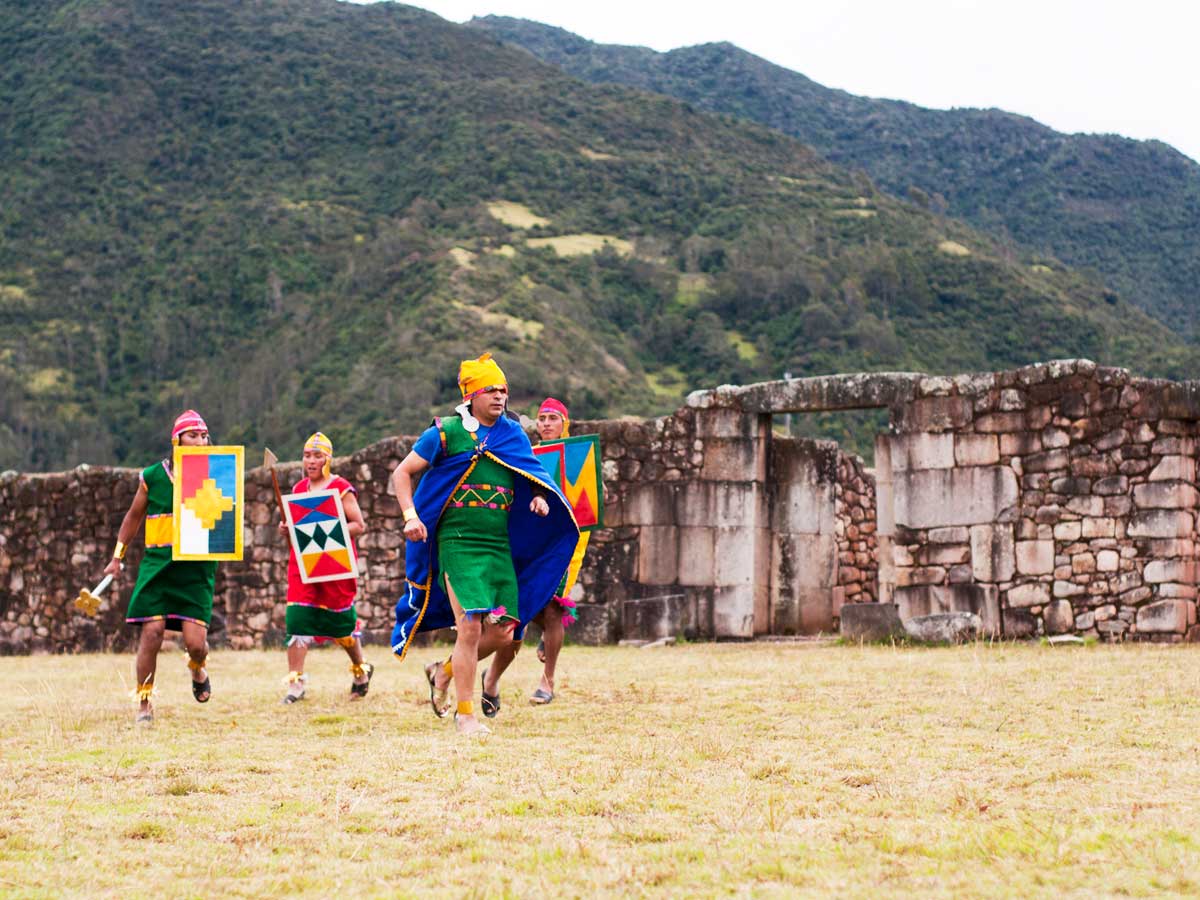
In the shadow of the Andes Mountains, hidden beneath tons of Amazon rainforest vegetation, lay one of Peru's most incredible secret treasures. Vilcabamba in Peru was the last refuge of the Incas before their empire was destroyed by the Spanish. Its location was a mystery for hundreds of years and was definitely identified only a few decades ago.
Today, Vilcabamba is accessible to tourists. While significant portions of the site have been cleared of jungle growth, some areas remain veiled by the dense Cusco forest.
Unlike Machu Picchu, where a guided tour is necessary, visitors can explore Vilcabamba independently if they choose. However, organized tours are also widely available and represent the most popular way to experience the site. Opting for a tour through a tourism agency ensures that essential amenities like food, camping arrangements, transportation, and more are taken care of. Some tour packages even include guided excursions to the iconic city of Machu Picchu.
For those venturing to this secluded destination on their own, the journey begins with a lengthy bus ride from the modern town, also named Vilcabamba. Subsequently, a challenging hike unfolds through the jungle, leading travelers to the captivating and often overlooked ruins nestled deep within the verdant landscape.
Surely you are wondering what does Vilcabamba mean? But first we must know what Spirit means. Pampa is a mixed Spanish-Quechua name that means: the plain of the spirits.
Vilcabamba (willka pampa), which is the original Quechua name of the settlement, means the sacred plain.
The Vilcabamba Valley is one of the 13 districts of the Province of La Convencion, located in the Cusco region and is under the administration of the Cusco regional government.
And where is Vilcabamba located from the hierarchical point of view? Well, from the point of view of the Catholic Church, it is part of the Apostolic Vicariate of Puerto Maldonado.
Vilcabamba in Cusco Peru was created as a district by Decree Law, issued on January 2, 1857, presenting a territorial extension of 5,046.47 km2.
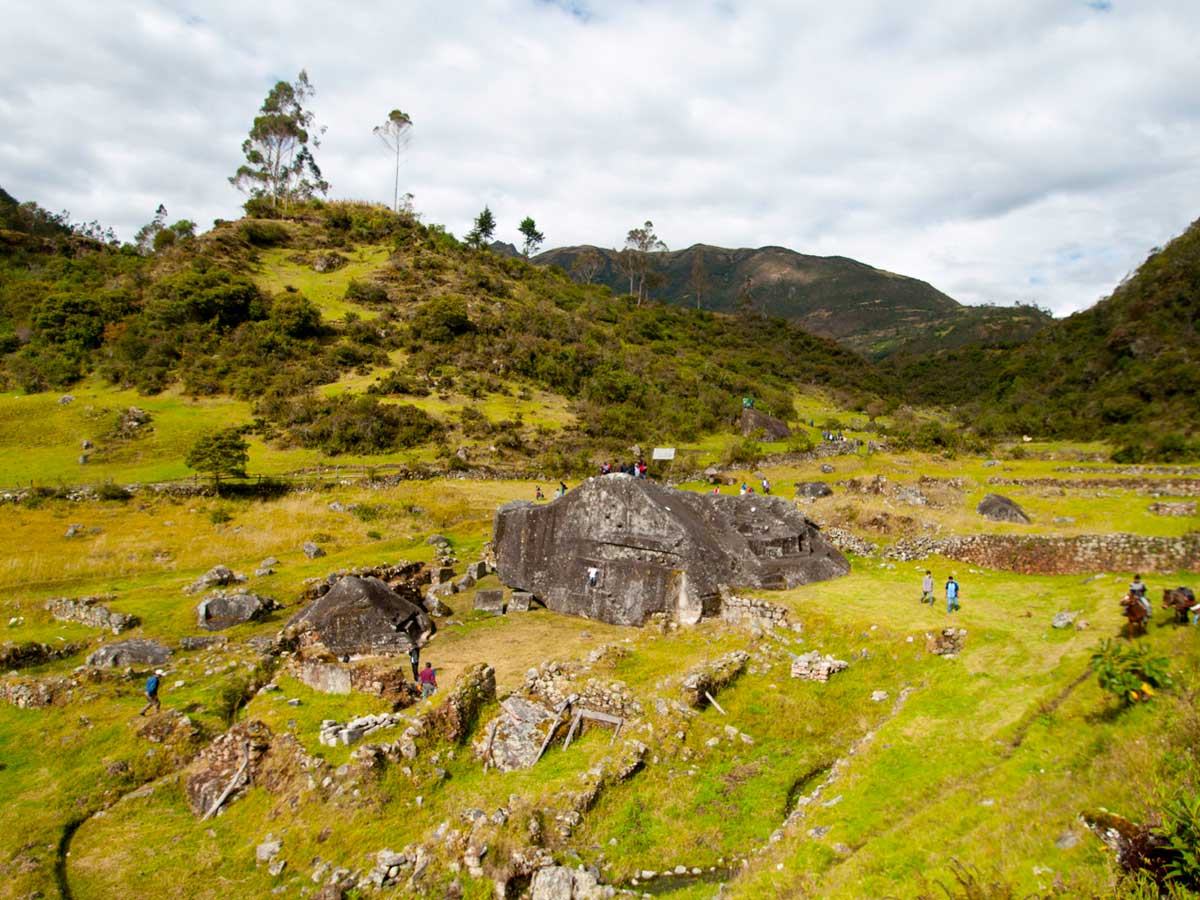
The weather in Vilcabamba is warm and temperate, the summers are much rainier than the winters in the Vilcabamba Valley, the average annual temperature is 15.8 ° C and in one year the average rainfall is 677 mm.
Vilcabamba is known as "The Archaeological District of La Convencion" and it is not for more since in its territory there are important vestiges. All the tourist places in Vilcabamba narrate with their presence, part of the history of the Inca empire.
Among the tourist places in Vilcabamba, the following stand out:
Vitcos, which is known by the name of Rosaspata; it is located on a hill and would have been a citadel, possibly abandoned during the first years of Spanish appearance in the area. The other important archaeological legacy of the district is Vilcabamba, called the “last Inca bastion” or the “Lost City of the Incas”.
To the previous sites is added the archaeological site of Espíritu Pampa, of Inca origin. This site highlights the discovery of the Lord of Wari, on which investigations began in July 2010. The first studies of the territory were made by Hiram Bingham, in the same year that he found Machu Picchu. The discovery of the Lord of Wari has summoned new hypotheses over those established in previous studies about the expansion of the Wari Empire.
The archaeological scenes that this province presents are accompanied by a beautiful Andean scene that further embellishes and provides greater wealth to the historical legacies that are displayed in its territory.
Near this place is also located the mountain range of the same name that has an extension of 260 kilometers within Cusco territory. That mountain range is valuable not only for the high mountains it presents and which are ideal for mountaineering, but also for its historical value since, as is known, the refuge of the last Tahuantinsuyo Incas was established in its territory.
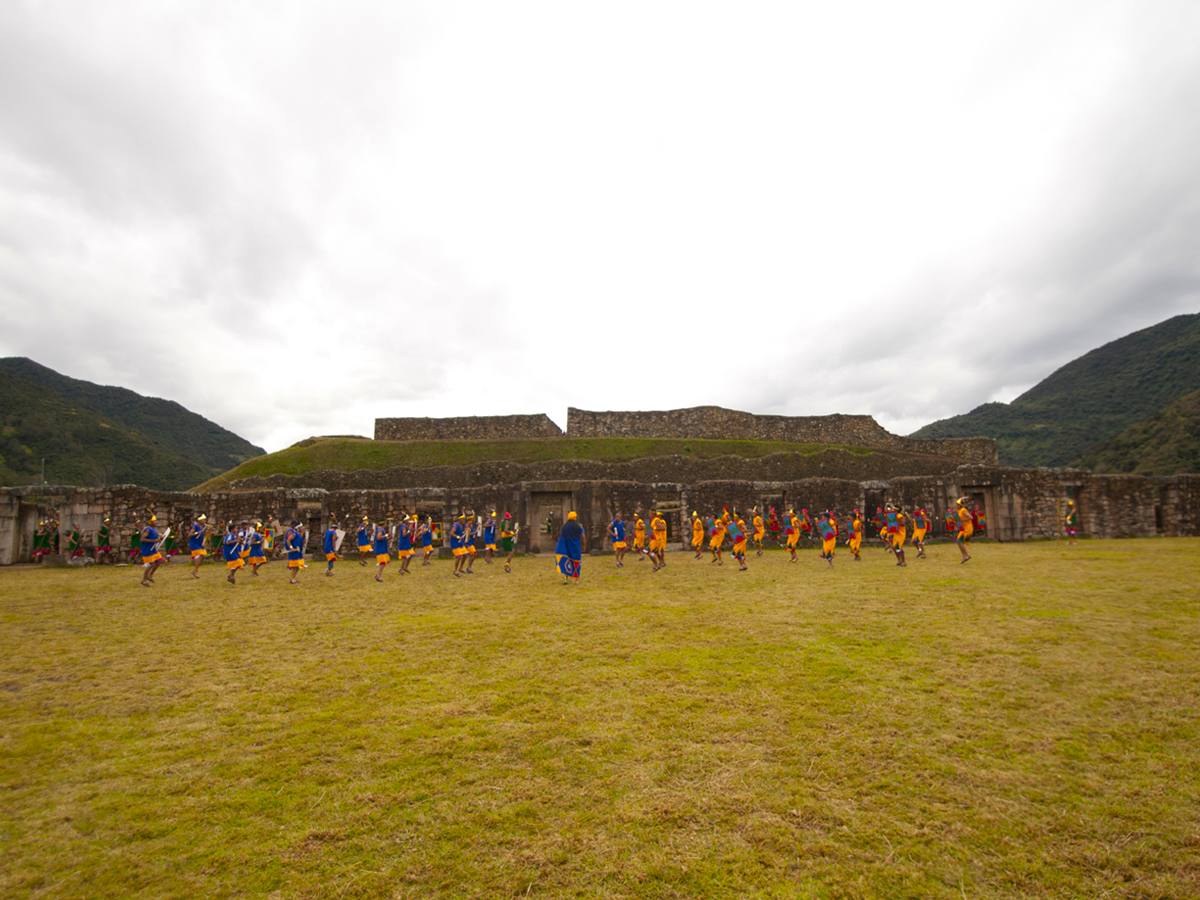
The Espiritu Pampa archaeological complex is an archaeological site in Peru, from the pre-Inca and Inca times, located in the Vilcabamba district in Quillabamba. The Inca ruins of Espíritu Pampa appear scattered between about 30 to 40 km².
With its Inca-style architectural constructions, this place has been identified as the ancient Vilcabamba.
Vilcabamba Inca Ruins was the capital of the so-called Incas of Vilcabamba between the years 1536 and 1572, it was called Vilcabamba La Vieja or La Grande, to differentiate it from modern Vilcabamba, of Hispanic origin.
The Inca Ruins of Vilcabamba are hidden between thick vegetation and the heights of a steep mountain flanked by two great rivers about 80 kilometers from Machu Picchu, in the Peruvian department of Cusco. An almost inaccessible place from which Manco Inca, heir to the Inca throne, led an insurgent movement that survived and lasted nearly four decades. The city remained hidden in the jungle and the Spanish could not access it until 1572, when they found it burned and abandoned before the imminence of the attack.
Inca Ruins of Vilcabamba served as a refuge for Manco Inca, who after acting as a puppet ruler under the orders of the Spanish rebelled and went to take refuge in the jungle with 30,000 warriors, where he built Vilcabamba as the headquarters of the insurgent movement, to die a few years later. at the hands of deserters. He was succeeded by his sons Sayri Túpac (who signed the peace and died in 1561), Tito Cusi who reignited the rebel struggle with virulence and was poisoned, perhaps by his relatives, when he wanted to make peace with the Spanish, and finally Túpac Amaru , who ruled when the Spanish decided to attack the secret city. He was captured and beheaded.
The city fell into oblivion until the legend revived in the 19th century. The American Hiram Bingham was looking for her in that area when he happened to find the ruins of Machu Picchu.
In the Inca Ruins of Vilcabamba there are no signs of tool marks, nor evidence of bronze chisels. This leads us to ask the most important and difficult question: how were these massive stone blocks made? In addition, in the enigmatic stones in the shape of Vilcabamba we can see mysterious 'knobs' that are present in countless other ancient places around the world. These "knobs" continue to be a profound mystery to scholars who cannot yet explain what they are.
In Vilcabamba ruins were found 600 meters from the finds indicated by Hiram Bingham.
A temple with 24 doors - 69 meters long - and a sunken palace around 100 meters long were found.
The houses were built on platforms, apparently to be protected from flooding. There was a 43-meter-long semi-detached palace and a large construction called "The house of the niches."
The buildings were built with cobblestones joined with clay. Apparently the Incas did not bring with them labor that could make such amazing constructions as those that can be seen in Machu Picchu.
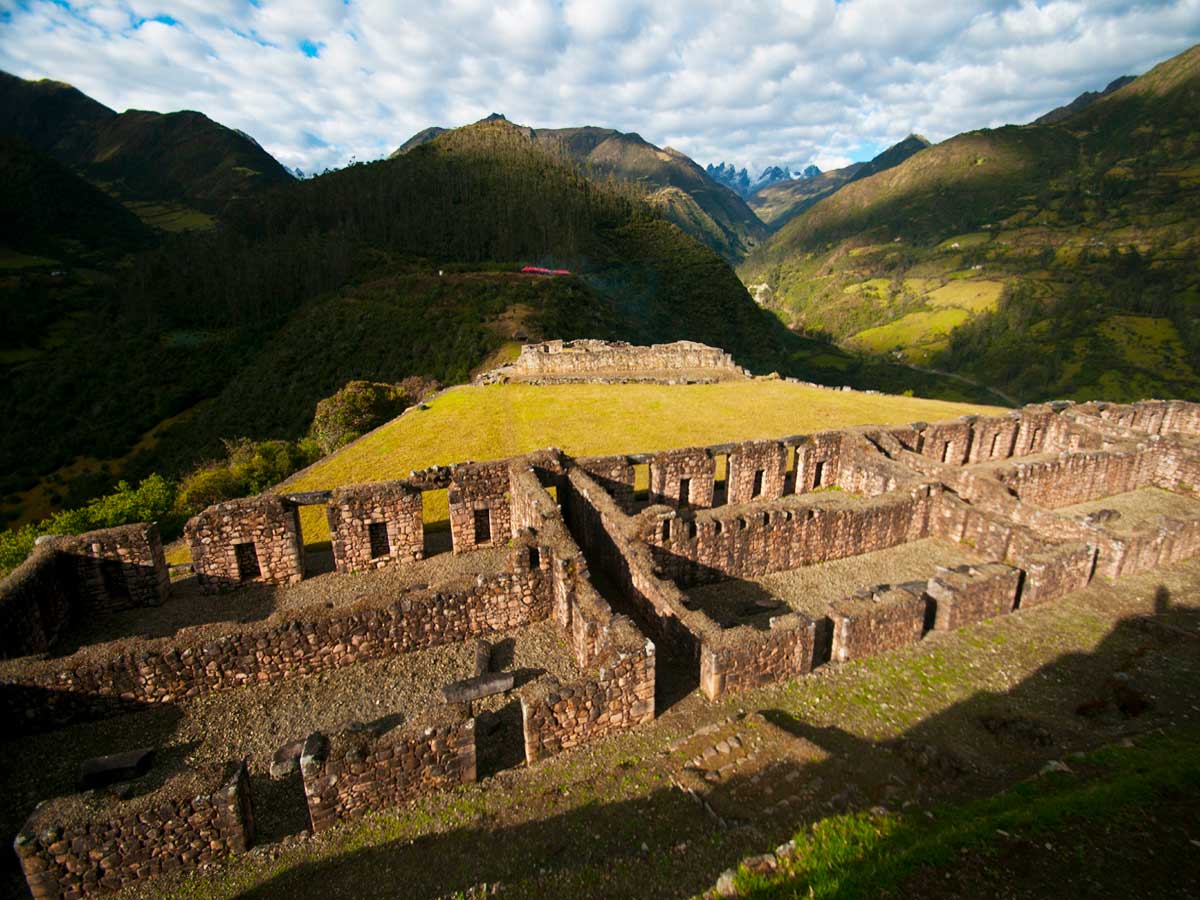
In the district of Vilcabamba, in the province of La Convencion, there is a city full of mysteries not yet revealed and that is known as "the lost city of the Incas". It is the city of Vilcabamba, a place where time has stopped at an altitude of 2,650 meters above sea level to make the last part of the history of the Incas known to the world.
The history of the discovery of the lost city of Vilcabamba begins with the arrival of Hiram Bingham to Cusco in 1911. The American was looking for the “lost city of the Incas” and, in fact, he arrived in Vilcabamba during this journey.
It should be noted that, at this time, the lost city of Vilcabamba was known as Espiritu Pampa. However, Hiram did not get much attention and he put more consideration to Machu Picchu. In this first meeting, Bingham proposed that Machu Picchu was the true lost city and left Vilcabamba aside.
Years later, in the 1970s, an American explorer named Gene Savoy arrived in Peru. On his excursion through the jungle, he discovered Vilcabamba again and confirmed that it was Espiritu Pampa, that is, that this was the city where the last Incas had taken refuge. It is from this discovery that new archaeological investigations begin to find out more about what actually happened in Vilcabamba.
The famous lost city is an area of ​​around 12 hectares where archaeologists have found temples, canals, platforms, buildings and terraces. Vilcabamba was connected to other places through roads.
Some of these constructions are made with granite stone, although there is a great difference with the walls worked in Coricancha or in Machu Picchu. Due to the technique used here, some researchers conclude that Vilcabamba was most likely built by a culture prior to the Incas.
In Vilcabamba you can find several houses, which were built on platforms. This was done in this way, possibly with the aim of protecting everyone from the floods that were happening at the time.
The Spanish were one of the first to speak of a lost city where, apparently, the rebellious Incas were hiding, those who refused to submit. When the Spanish arrived in Peru, there were many fights between the Spanish and the Incas, which led many of the latter to take refuge in Vilcabamba, where they established a small government. These thoughts were recorded in chronicles, but the site did not yet have a name.
It was in 1911 that, thanks to Hiram Bingham and his book "The Lost City of the Incas", there is a first historical record of Vilcabamba as such. In the book, Bingham talks about a place called Espiritu Pampa. This created a controversy, since, some time later, other authors discovered that Bingham could be wrong and confuse Vilcabamba with Machu Picchu.
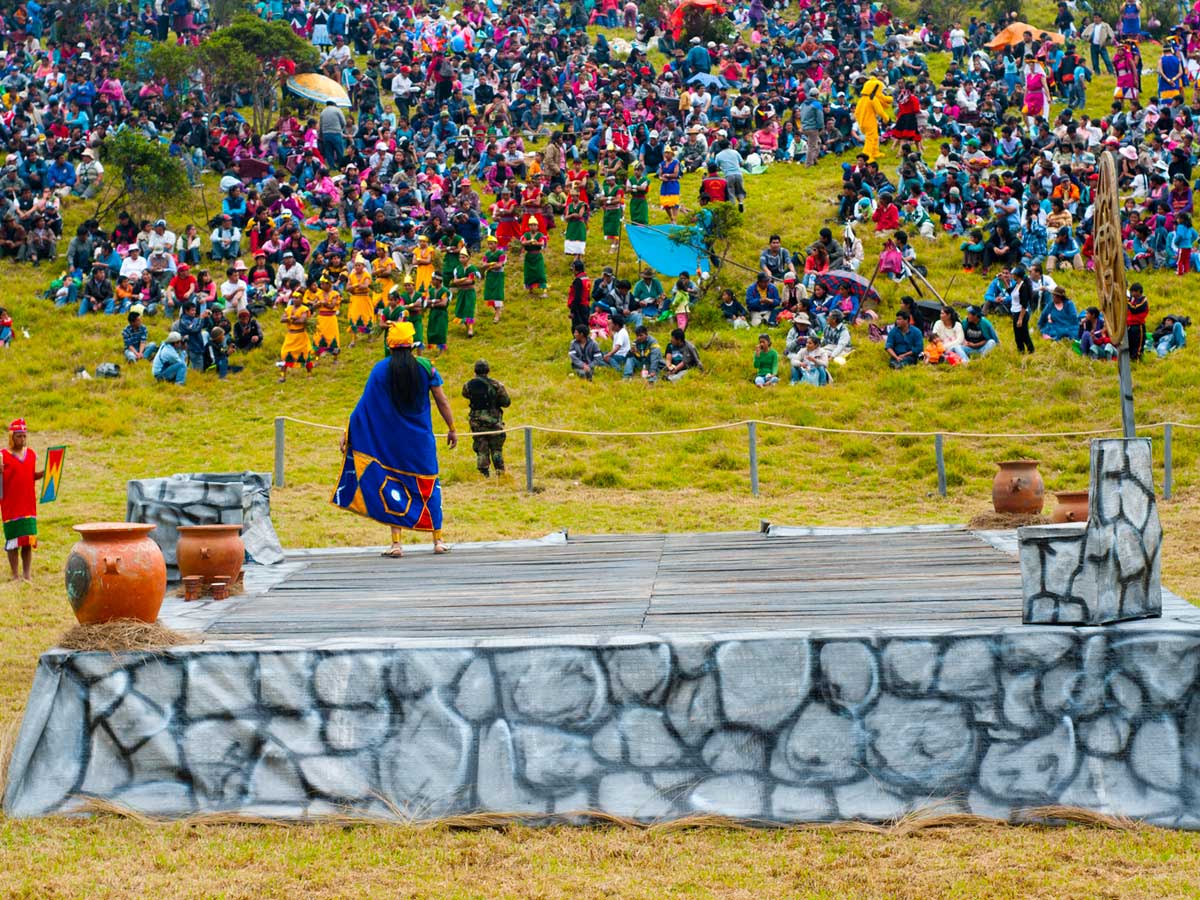
At present, a consensus has been reached that Vilcabamba is, in fact, the Pampa Spirit and, therefore, it is considered the last refuge of the Incas.
